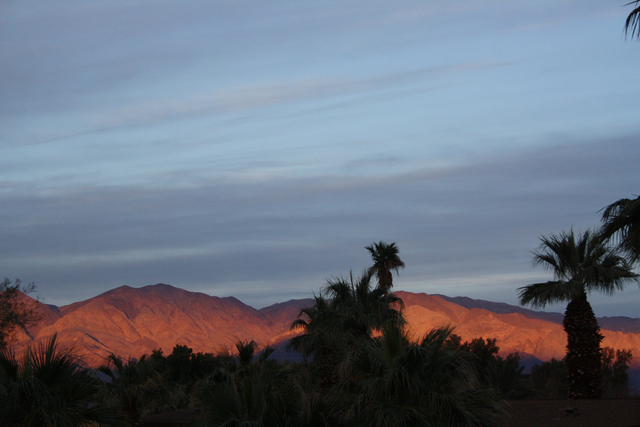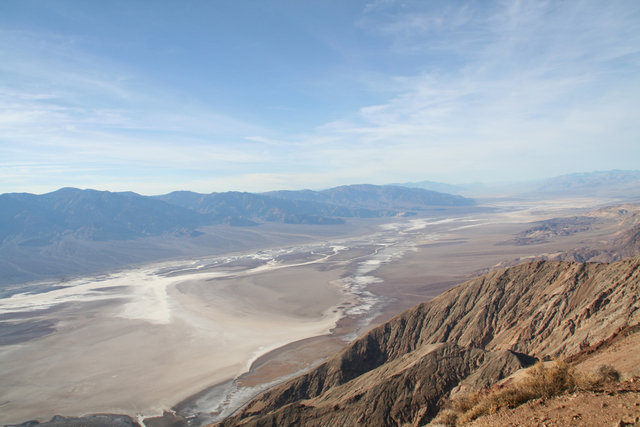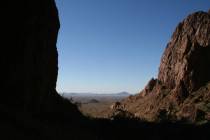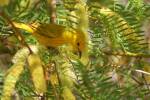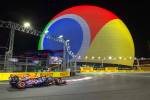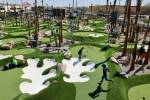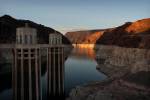Now’s a great time to visit Death Valley National Park
One way to beat the January blues is by taking a day trip to nearby Death Valley National Park, Calif. Depending on where you live in the Las Vegas Valley, you can be at the hub of the park, Furnace Creek, in 2 to 2 1/2 hours. The visitor center there is a good place to start any visit. You can pick up maps, learn the latest road conditions and get in-depth handout information on the places you might want to visit.
One of the best day trips, and the one I use to thrill first-time visitors to the park, is a driving excursion south on Badwater Road. I start by driving the 17 miles or so from the visitor center to Badwater Basin. This is the lowest elevation in North America, at 282 feet below sea level, and just about everyone seems to enjoy visiting it. Perhaps the enjoyment lies in the anticipation of later telling friends they did it. But the scenery is pretty spectacular. Badwater Basin is an immense dry lake, its floor flat as the proverbial pancake, and you can see many miles across it.
From the parking area, you can walk out on the salt flat for about a half-mile on a flat surface. Looking west, you will see the Panamint Mountains, including their highest summit, Telescope Peak, at 11,049 feet above sea level. This is one of the few places you might see such disparity in elevation within one vista.
On your return toward Furnace Creek, there are many places to visit. The first you’ll come to is Natural Bridge Canyon, via a turnoff about 3.8 miles north of your Badwater stop. You won’t need four-wheel drive on this side trip, but good off-road tires and high clearance are recommended. Drive up the gravel road for about 1.5 miles to the trailhead. From there, it is an easy half-mile hike to the natural bridge. If you’re feeling spry, you can extend your hike another half-mile to a dryfall.
Back on Badwater Road, continue north about 4 miles, and take a right onto Artist’s Drive. One-way and 9 miles long, this loop threads its way through some of the most colorful scenery in Death Valley, made up of multi-hued volcanic and sedimentary rocks.
Your final stop along the Badwater Road might be Golden Canyon, about 3 miles north after exiting Artist’s Drive. From the parking area, it is an easy 2-mile round-trip hike through the golden badlands, with an elevation gain of about 300 feet. This canyon has lots of geologic interest, such as the prominent formation of Manly Beacon and Red Cathedral’s steep yet vibrant cliffs. Your understanding and enjoyment will be enhanced if you pick up the park’s free interpretive guide. It’s wise to do it at the visitor center at the start of the day, in case the supply at the trailhead runs out.
Never enter any of Death Valley’s canyons when rain threatens, as flash flooding can occur suddenly.
If you still have time, on your way out of the park along California Highway 190, take a side trip about 12 miles up a paved road to Dante’s View. The viewpoint is more than 5,000 feet above Badwater Basin, so dress warmly. It could be as much as 25 degrees cooler there. Many people feel this is the best view in the park. On a clear day, you can see Furnace Creek and Badwater, as well as many other points of interest laid out at your feet as if on a map table. No vehicles with trailers more than 25 feet are allowed, but there is a drop-off parking area for trailers before the final climb to Dante’s View.
Most likely after this day trip, you’ll be eager to return and see other areas of the park. On your next visit, think about staying for a night or two to explore. There is lodging in the park at Furnace Creek and Stovepipe Wells. Lodging information for Furnace Creek can be found at 760-786-2345 or furnacecreekresort.com and for Stovepipe Wells at 760-786-2387 or escapetodeathvalley.com.
There are a variety of campgrounds at different elevations in the park. Good choices for winter in the Furnace Creek area include the Texas Spring Campground, at sea level, and Furnace Creek Campground at an elevation of -196 feet. The former is first-come, first-served; the latter takes reservations through 877-444-6777 or recreation.gov.
The Furnace Creek Visitor Center is open from 8 a.m. to 5 p.m. daily in winter. This time of year, rangers give presentations about the natural and cultural history of the park. For the program calendar or for general park information on Death Valley, call 760-786-3200 or visit nps.gov/deva.
Directions to Furnace Creek in Death Valley National Park: From Las Vegas, take Interstate 15 south to Nevada state Route 160. Drive about 53 miles west to Pahrump. Turn left onto state Route 210, and drive 27 miles to Death Valley Junction. Go right, and then take an immediate left to California state Route 190 west for about 29 miles to Furnace Creek.
Deborah Wall is the author of “Great Hikes, A Cerca Country Guide” and “Base Camp Las Vegas: Hiking the Southwestern States,” published by Stephens Press. She can be reached at deborabus@aol.com.



